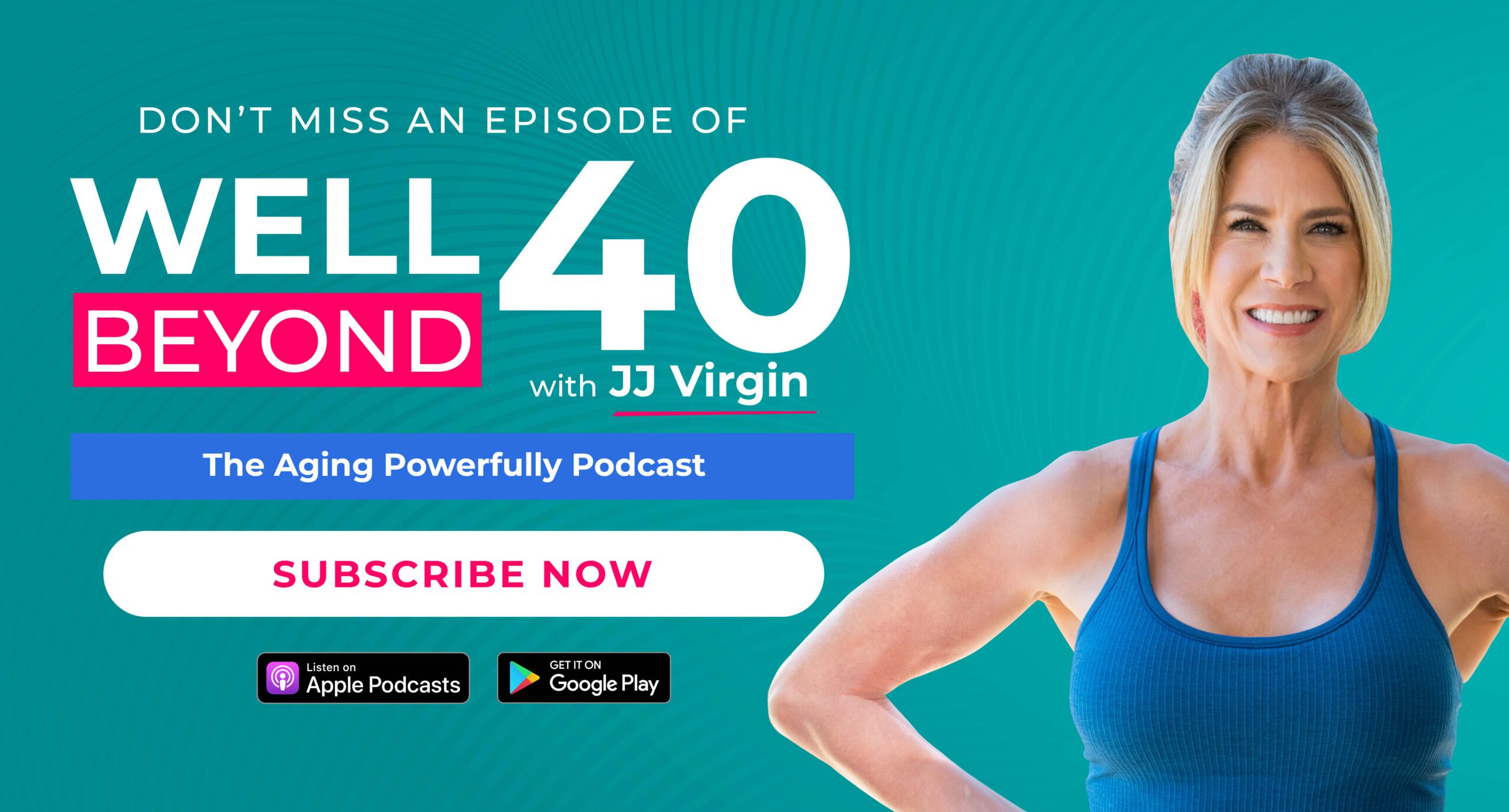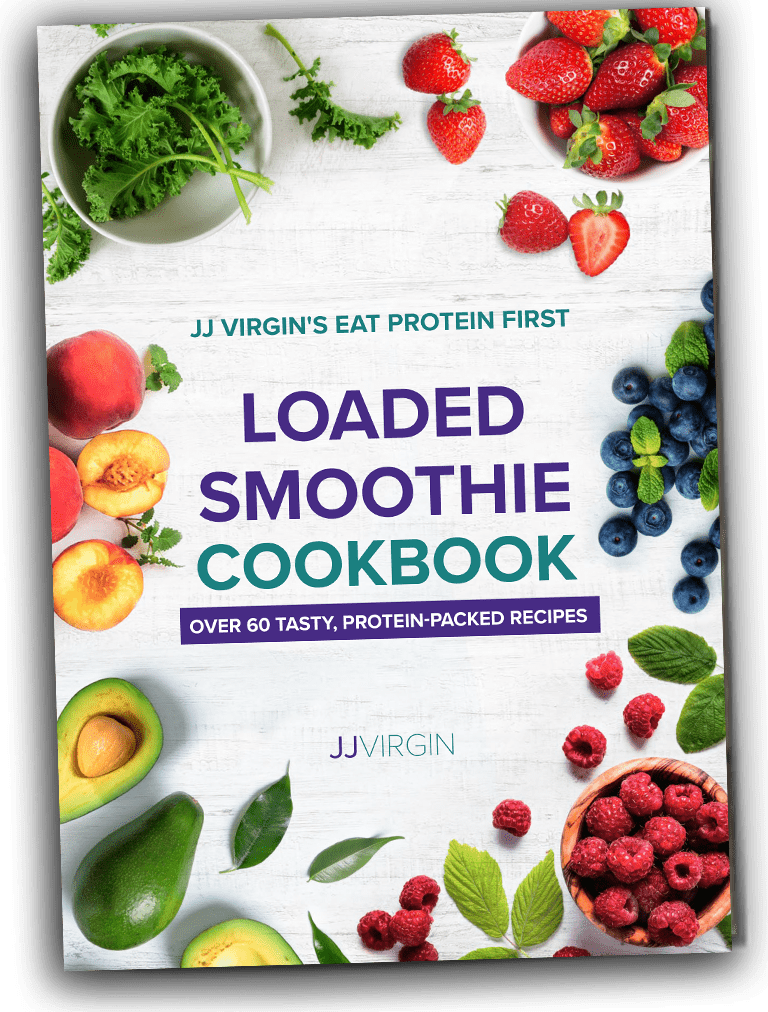While the topic has been trending the last few years, practicing intermittent fasting goes way, way back.
For thousands of years, Christianity, Judaism, and Islam have incorporated religious fasting. The Ebers Papyrus, an ancient Egyptian medical text dating back to around 1550 BCE, mentions therapeutic fasting to purify the body and treat certain ailments. In ancient Greece, philosopher and mathematician Pythagoras advocated fasting for health. And Ayurveda, one of the oldest recorded systems of medicine from India, incorporates controlled eating periods.
Everything old is new again. In the last decade, intermittent fasting has become mainstream as more people discover how practical and effective meal timing can be for weight loss and overall health. Along with its renewed popularity, scientists have explored the benefits of fasting for metabolic health, aging, brain function, and more.
What Is Intermittent Fasting?
Intermittent fasting is simply alternating periods of fasting or not eating with periods of eating. Time-restricted eating is a type of intermittent fasting that restricts your daily eating to a specific time window.
The most common time-restricted eating method is the 16/8 method, where you fast for 16 hours every day and restrict that eating window to eight hours. In other words, you eat meals within a specific time frame; say, 12 pm to 8 pm.
A more advanced type, called One Meal a Day or OMAD, involves fasting for about 23 hours each day and eating within a single meal. While not for everyone (and certainly not novices), OMAD can be incredibly effective for people who want the additional benefits of longer fasts, including autophagy.
The good news: You don’t need to have crazy-long fasts to get those benefits. If you’re new to fasting, I recommend starting with a 12-14 hour fasting period. Read on to learn how to do that.
5 Benefits of Intermittent Fasting
Intermittent fasting carries a well-deserved glow for its potential health benefits. Whether you want to lower inflammation, help manage chronic disease, or improve metabolic health, intermittent fasting can help.1
Science continues to emerge that highlights those benefits. Let’s briefly look at five of them.
1. Intermittent Fasting Improves Brain Health
Intermittent fasting may improve your cognitive abilities. Among those benefits, fasting can stimulate the production of brain-derived neurotrophic factor, or BDNF. This protein promotes the growth and survival of brain cells called neurons, leading to better cognitive function and learning.2
Intermittent fasting can also reduce inflammation to protect your brain, delaying age-related cognitive decline. I personally saw the benefits of intermittent fasting for brain health after my son, Grant, suffered a traumatic injury during a hit-and-run accident. Intermittent fasting was among the powerful therapies that helped his brain heal.
2. Intermittent Fasting Promotes Longevity
Intermittent fasting helps you live longer and age powerfully. Among its longevity benefits, fasting can boost autophagy.
During this process, cells recycle damaged components and create new cells. Think of autophagy as spring cleaning for your cells to reduce cellular damage, promote longevity, and delay age-related diseases.3
Chronic inflammation and oxidative stress (where free radicals overtake your body’s antioxidant defense system) are two major contributors to aging and age-related diseases. In one study, researchers found that intermittent fasting combined with moderate exercise could help reduce both.4
3. Intermittent Fasting Supports Heart Health
Heart disease is the leading cause of death for women in the United States.5 Some of the variables that increase your risk of heart disease include:
- Elevated triglycerides (a type of fat found in the blood)
- Insulin resistance
- Chronic inflammation
Intermittent fasting can improve your cholesterol and lipid levels, both of which impact cardiovascular health.6 Fasting can also improve insulin sensitivity and reduce markers of inflammation, including c-reactive protein (CRP).7
4. Intermittent Fasting Helps Balance Blood Sugar
Researchers conclude that intermittent fasting provides an effective way to manage type 2 diabetes.8 But everyone benefits from better blood-sugar balance, and fasting can help.
When you fast, your body becomes better at utilizing glucose, keeping insulin levels low, and preventing sharp spikes and crashes in blood-sugar levels. Fasting regularly can improve insulin sensitivity, allowing this hormone to more effectively deliver glucose into cells for energy.9
5. Intermittent Fasting Boosts Weight Loss
Let's be honest, many people do intermittent fasting to lose weight or maintain a healthy weight. While we need more and longer studies, the ones we do have show that intermittent fasting can help manage body weight and reduce the risk of obesity.10
During fasting periods, when glycogen stores become depleted, your body shifts towards utilizing stored fat as an energy source. Increased fat burning means that you lose more weight. Intermittent fasting can also optimize hunger hormones like leptin and ghrelin, further boosting your ability to burn fat.11
How to Do Intermittent Fasting
While you might eventually consider longer fasts, I’ve found that a simple 12-14-hour overnight fast gets great results for weight loss, blood-sugar balance, and many other benefits. To optimize your success, always incorporate these three principles:
- Have breakfast within 1.5-3 hours after waking up
- Eat every 3-4 hours
- Make sure you stop eating at least 3 hours before bedtime
With those things in mind, here’s how your day might look:
- 7 am: Wake up, meditate, have a cup of mycotoxin-free black coffee
- 10 am – Drink a loaded smoothie
- 2 pm – Have lunch
- 6 pm – Have dinner
- 8 pm – Close the kitchen for the evening
See how simple this can be? By fasting from 8 pm till 10 am the next morning, you’ve created a 14-hour fasting window. And you'll be asleep for most of it!
Who Should and Shouldn’t Do Intermittent Fasting
I’ve found that nearly everyone does great with intermittent fasting. Once you get past the initial hurdles (read on to learn how to make fasting easier), people quickly see weight loss and other benefits.
However, some people should approach intermittent fasting cautiously or avoid it altogether. Talk with a healthcare professional before starting an intermittent fasting regimen if you:
- Are underweight
- Have a history of eating disorders
- Are pregnant or breastfeeding
- Have certain medical conditions or chronic diseases, including diabetes, hypoglycemia, adrenal issues, liver or kidney diseases, and other metabolic disorders
- Use some medications (ask your healthcare provider if intermittent fasting is safe while you take that medication)
How to Make Your Fast Easier
Let’s be honest, the idea of going for certain time periods without food may feel daunting at first. Stick with it and over time, intermittent fasting will become much easier. (Seeing great results can also motivate you to stay the course.)
When you're ready to start a fast, set yourself up for success by choosing a low-stress day. If possible, get away from your food triggers, plan time away from home. Along with the right mindset and a little preparation, these strategies will help you master intermittent fasting in no time.
Optimize Metabolic Flexibility
Hunger and cravings can derail the most-focused faster. The solution is metabolic flexibility, which means your body can access sugar and fat for fuel as it needs them. When you’re metabolically flexible, your blood sugar stays stable, hormones stay in a healthy range, and your hunger-regulating hormones remain in balance. You’re able to go for long periods without eating, and you can say goodbye to hangry.
Eat by the Plate
When you break your fast, you’re not going to undo your hard work by eating high-sugar impact foods or potential food intolerances. Instead, you’ll eat by the plate. Start each meal with protein first, and incorporate healthy fats, lots of fiber, and some slow low carbs.
Eat Every 3-4 Hours
If you can stave off hunger for 3-4 hours between meals without much trouble, you can feel confident that you’ve optimized fat burning! You’ve got stable blood-sugar levels, and your body can dip into fat storage for energy.
Close the Kitchen After Dinner
Enjoy dinner by the plate and you’re done for the day. Ideally, you’ll shut your kitchen at least three (preferably four) hours before bedtime. And no, that does not mean you get to stay up later.
Stop Snacking
Cutting out snacking between meals optimizes the benefits of intermittent fasting. Every time you eat, you spike your insulin levels, which prevents you from using stored fat for fuel and encourages your body to store fat.
The great thing about intermittent fasting: it halts evening snacking (remember, you’re going to close the kitchen after dinner!), which gets many people in trouble.
Stay Hydrated
Drink sufficient water throughout your fasting period. Staying hydrated can help reduce feelings of hunger and keep you energized. You can also have unsweetened herbal tea or black coffee, which don’t have calories and can help curb hunger.
Find a Schedule That Works for You…
Select a fasting schedule that aligns well with your lifestyle and preferences. For most folks, that means pushing breakfast forward a bit and closing the kitchen after dinner. Find what works best for you and fits seamlessly into your daily routine.
…But Don’t Get Stuck
Consistency is key… until it isn’t. Plateaus can be frustrating and discouraging when it comes to weight-loss efforts. If you’ve been fasting for a while and your body-composition scale isn’t budging, switch things up. Try a longer fast (16-18-hour fasts can be helpful) for a few days every week, or if you’re brave, give OMAD a try.
Optimize Sleep & Stress
When you get great sleep, I promise you intermittent fasting will be easier! A good night's rest helps regulate hunger hormones and maintain steady blood sugar levels. Aim for 7-9 hours of quality sleep per night. Likewise, if you’re nearly always stressed out, you’re going to become a monster while you’re fasting.
Use Intermittent Fasting as a Tool, Not an Ultimatum
Remember that intermittent fasting can be a helpful tool to reach your body-composition and overall health goals, but it isn’t a panacea. It’s not a magic solution for everything or everyone. However, I have found that a 12-14-hour overnight fast works well for just about everyone.
If going for that long without eating feels impossible, your blood-sugar levels might be imbalanced. If that’s you, my Sugar Impact Diet can help. Swapping high-sugar-impact foods for low-sugar-impact foods helps stabilize your blood sugar so you burn fat fast.
Intermittent fasting alone isn’t going to work magic: you’ve also got to incorporate resistance training and optimal protein intake during the eating window. Do that, and you'll maintain muscle mass, lose fat, and see big benefits from your intermittent-fasting efforts.
References:
- Mandal S, Simmons N, Awan S, Chamari K, Ahmed I. Intermittent fasting: eating by the clock for health and exercise performance. BMJ Open Sport Exerc Med. 2022 Jan 7;8(1):e001206. doi: 10.1136/bmjsem-2021-001206. PMID: 35070352; PMCID: PMC8744103.
- Gudden J, Arias Vasquez A, Bloemendaal M. The Effects of Intermittent Fasting on Brain and Cognitive Function. Nutrients. 2021 Sep 10;13(9):3166. doi: 10.3390/nu13093166. PMID: 34579042; PMCID: PMC8470960.
- Longo VD, Di Tano M, Mattson MP, Guidi N. Intermittent and periodic fasting, longevity and disease. Nat Aging. 2021 Jan;1(1):47-59. doi: 10.1038/s43587-020-00013-3. Epub 2021 Jan 14. PMID: 35310455; PMCID: PMC8932957.
- Allen C, Sellers B, Smith M, Edwards A, Gateless K, Aab B, Sherrard K, Bolyard C, Stover S. Effects of Intermittent Fasting and Physical Activity on Salivary Expression of Reduced Glutathione and Interleukin-1β. Int J Exerc Sci. 2020 Aug 1;13(7):1063-1071. PMID: 32922651; PMCID: PMC7449335.
- Fung, Jason The Complete Guide to Fasting: Heal Your Body Through Intermittent, Alternate-Day, and Extended (p160). Victory Belt Publishing. Kindle Edition.
- Razavi R, Parvaresh A, Abbasi B, Yaghoobloo K, Hassanzadeh A, Mohammadifard N, Clark CCT, Morteza Safavi S. The alternate-day fasting diet is a more effective approach than a calorie restriction diet on weight loss and hs-CRP levels. Int J Vitam Nutr Res. 2021 Jun;91(3-4):242-250. doi: 10.1024/0300-9831/a000623. Epub 2020 Jan 31. PMID: 32003649.
- Albosta M, Bakke J. Intermittent fasting: is there a role in the treatment of diabetes? A review of the literature and guide for primary care physicians. Clin Diabetes Endocrinol. 2021 Feb 3;7(1):3. doi: 10.1186/s40842-020-00116-1. PMID: 33531076; PMCID: PMC7856758.
- Cho Y, Hong N, Kim KW, Cho SJ, Lee M, Lee YH, Lee YH, Kang ES, Cha BS, Lee BW. The Effectiveness of Intermittent Fasting to Reduce Body Mass Index and Glucose Metabolism: A Systematic Review and Meta-Analysis. J Clin Med. 2019 Oct 9;8(10):1645. doi: 10.3390/jcm8101645. PMID: 31601019; PMCID: PMC6832593.
- Welton S, Minty R, O'Driscoll T, Willms H, Poirier D, Madden S, Kelly L. Intermittent fasting and weight loss: Systematic review. Can Fam Physician. 2020 Feb;66(2):117-125. PMID: 32060194; PMCID: PMC7021351.
- Al-Rawi N, Madkour M, Jahrami H, Salahat D, Alhasan F, BaHammam A, Al-Islam Faris M. Effect of diurnal intermittent fasting during Ramadan on ghrelin, leptin, melatonin, and cortisol levels among overweight and obese subjects: A prospective observational study. PLoS One. 2020 Aug 26;15(8):e0237922. doi: 10.1371/journal.pone.0237922. PMID: 32845924; PMCID: PMC7449475.
*These statements have not been evaluated by the Food & Drug Administration. Products mentioned are not intended to diagnose, treat, cure, or prevent any disease. The views in this blog by JJ Virgin should never be used as a substitute for professional medical advice. Please work with a healthcare practitioner concerning any medical problem or concern.






